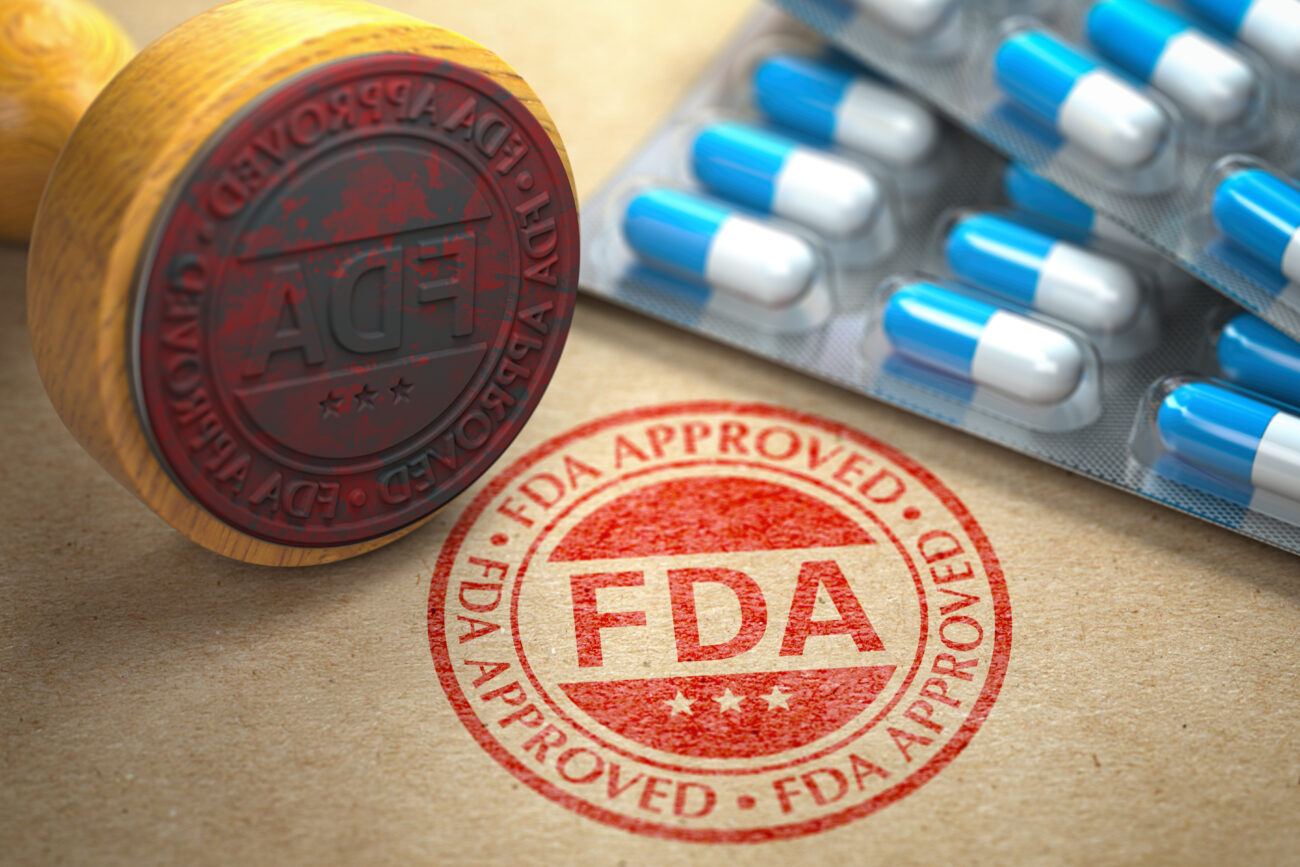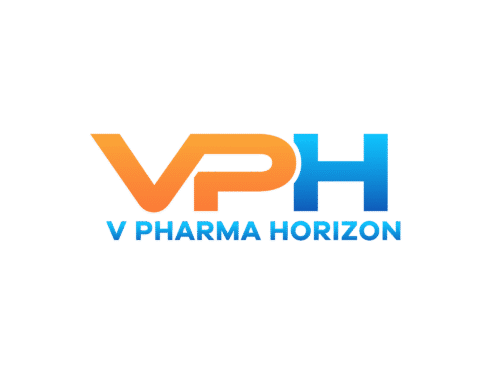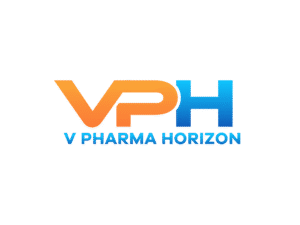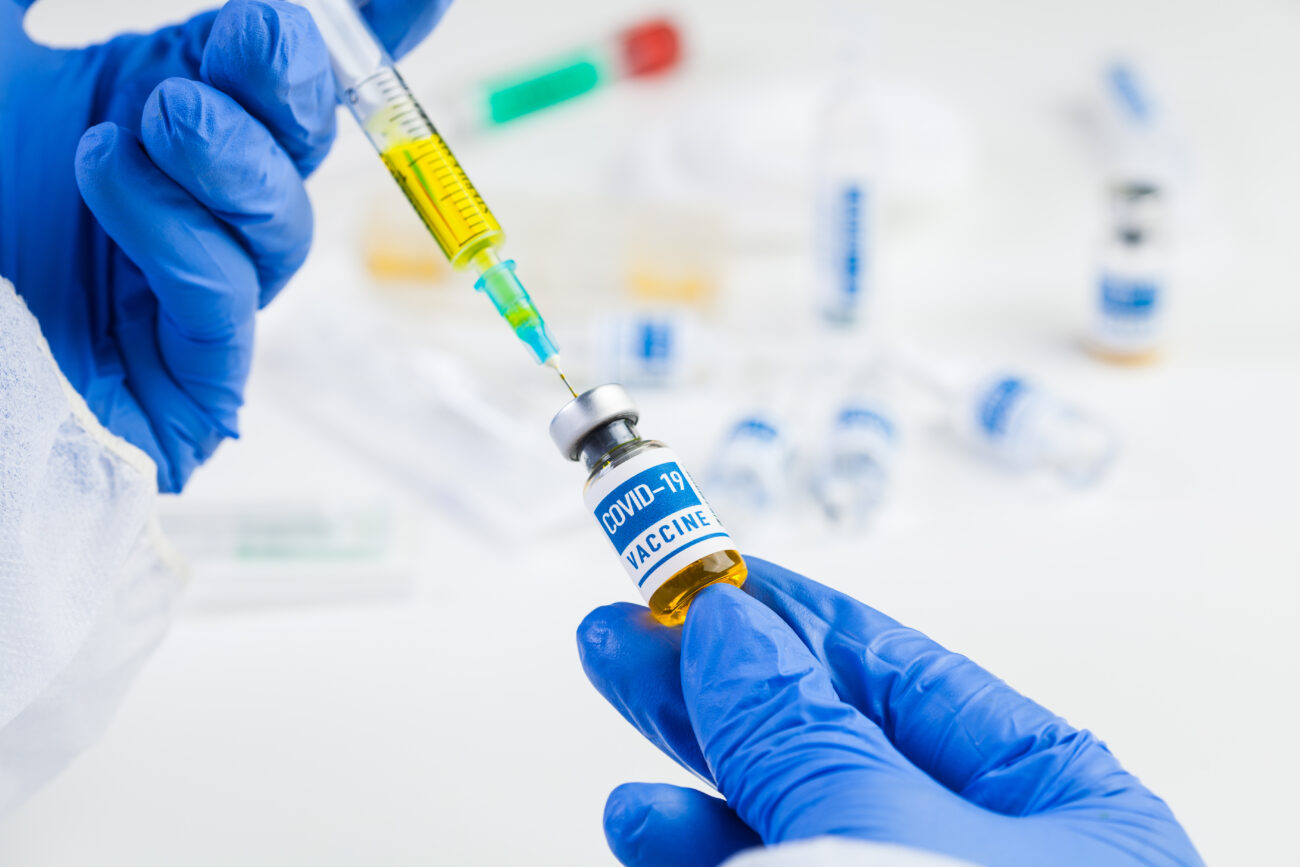FDA Fast Track & Breakthrough Therapy Designation: Boon or Bottleneck?
In the high-stakes world of drug development, time is not just money—it can be the difference between life and death. To address this, the U.S. Food and Drug Administration (FDA) introduced expedited programs like Fast

In the high-stakes world of drug development, time is not just money—it can be the difference between life and death. To address this, the U.S. Food and Drug Administration (FDA) introduced expedited programs like Fast Track and Breakthrough Therapy Designation (BTD) to accelerate the development and review of drugs for serious conditions. These programs have undeniably brought groundbreaking treatments to market faster, but they also raise concerns around regulatory rigor, resource strain, and potential market distortions. Are these designations a boon for innovation—or an emerging bottleneck?
Understanding the Pathways
Fast Track designation is granted to drugs that treat serious conditions and fill an unmet medical need. It allows for more frequent communication with the FDA, rolling review of submissions, and eligibility for accelerated approval.
Breakthrough Therapy Designation, on the other hand, goes a step further. It is awarded to drugs that show preliminary clinical evidence of substantial improvement over existing therapies. This status includes all Fast Track benefits, plus intensive FDA guidance and involvement.
The Case for a Boon
- Accelerated Access to Life-Saving Therapies
BTD and Fast Track have helped expedite approvals for transformative therapies such as CAR-T cell treatments, gene therapies for rare diseases, and targeted oncology drugs. For patients with no alternatives, these programs are lifelines. - Incentivizing Innovation in High-Risk Areas
Biotech startups and mid-sized pharma companies see these designations as value drivers, attracting investment and partnerships. They provide a clearer, faster route to market—essential for cash-strapped innovators tackling rare or complex diseases. - Streamlined Collaboration
The close collaboration between the FDA and drug developers ensures a more agile, science-driven regulatory process. This guidance can help companies avoid costly missteps and improve trial designs.
The Bottlenecks Beneath the Surface
- FDA Resource Strain
With a growing number of designation requests—especially for BTD—the FDA’s bandwidth is being tested. There are concerns that prioritizing expedited programs could divert attention from standard reviews, leading to delays elsewhere in the pipeline. - Erosion of Evidentiary Standards
Critics argue that early evidence used to grant BTD or Fast Track status may not always hold up in larger trials. Approvals based on surrogate endpoints or limited data may lead to post-market safety concerns or marginal efficacy. - Market Distortion and Overvaluation
The perception of value created by these designations can lead to inflated stock prices and M&A activity that may not align with the actual clinical utility of the drug. This creates volatility in the biopharma ecosystem and raises ethical concerns.
Striking a Balance
To ensure these programs remain beneficial without compromising safety or quality, several reforms have been suggested:
- Improved Criteria and Transparency: Refining the thresholds for designation and publishing more detailed rationale behind FDA decisions can enhance trust.
- Post-Marketing Surveillance Enforcement: Strengthening requirements for confirmatory trials and enforcing timelines would ensure that early approvals are followed by robust evidence.
- Capacity Building: Investing in FDA staffing and digital infrastructure is crucial to handle the rising volume of expedited applications without undermining standard reviews.
The FDA’s Fast Track and Breakthrough Therapy Designations have redefined the pace and possibilities of drug development. For patients and innovators, they are often a beacon of hope. However, without safeguards and capacity enhancements, their long-term utility could be undermined by systemic strain and declining evidentiary thresholds.
In the end, whether these pathways serve as a boon or a bottleneck depends on how well we maintain the balance between urgency and rigor, innovation and oversight. The future of expedited drug development rests not just on speed—but on sustaining trust, quality, and patient safety.






